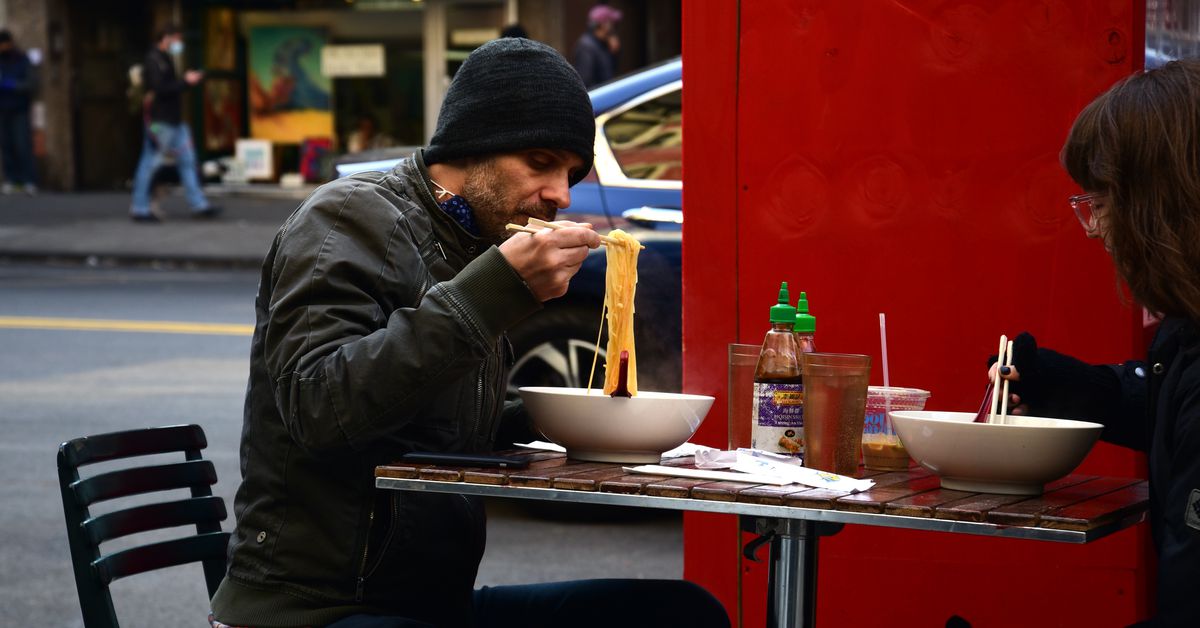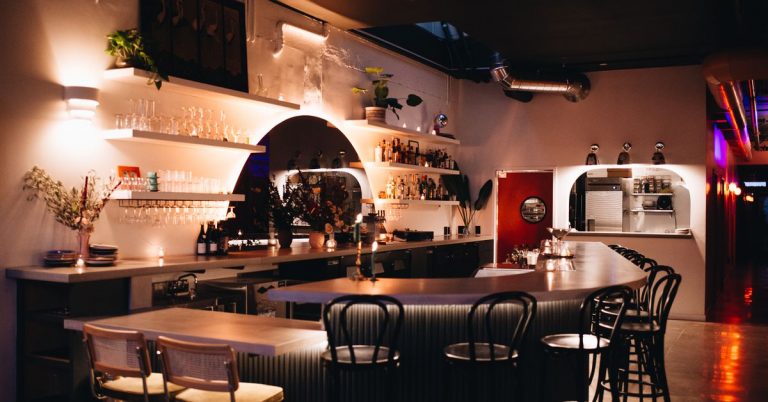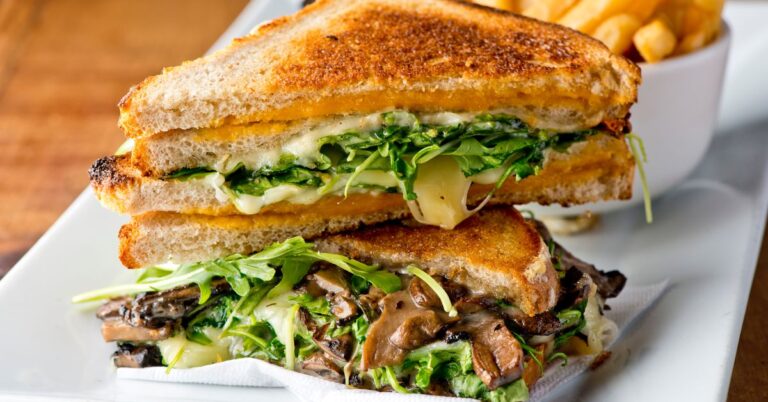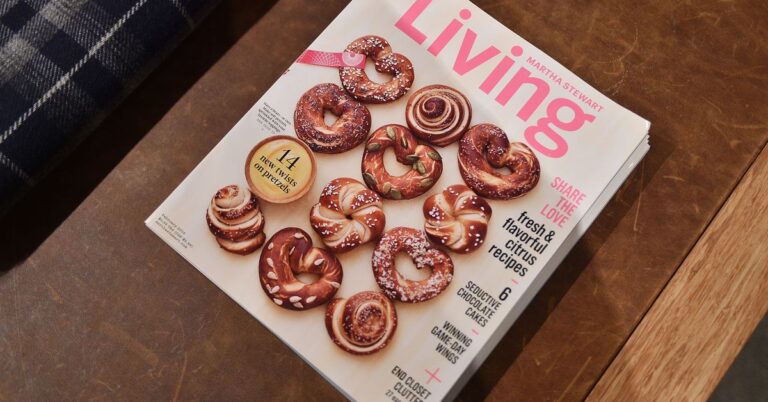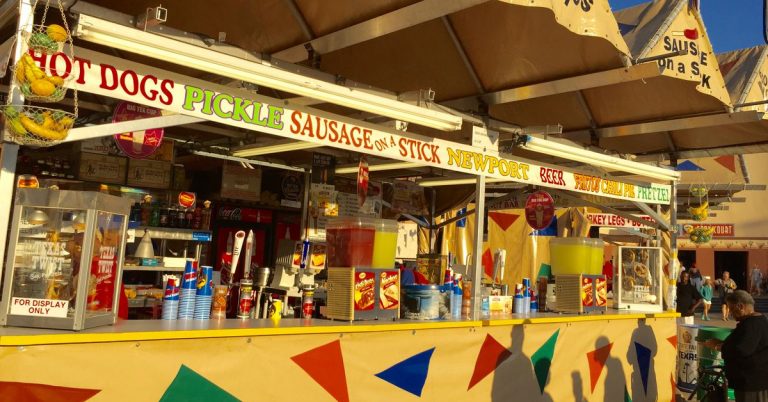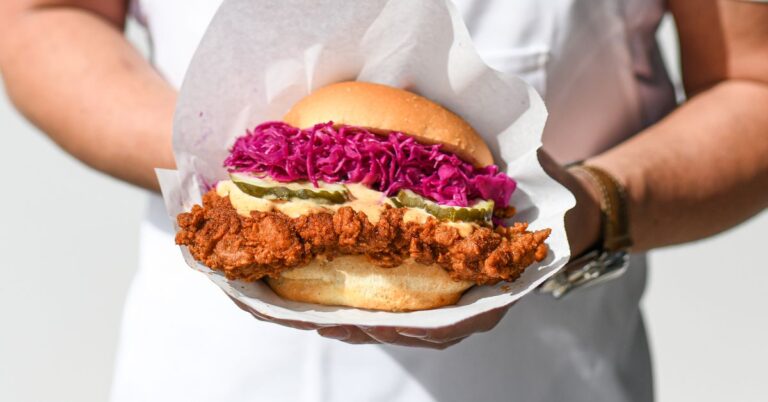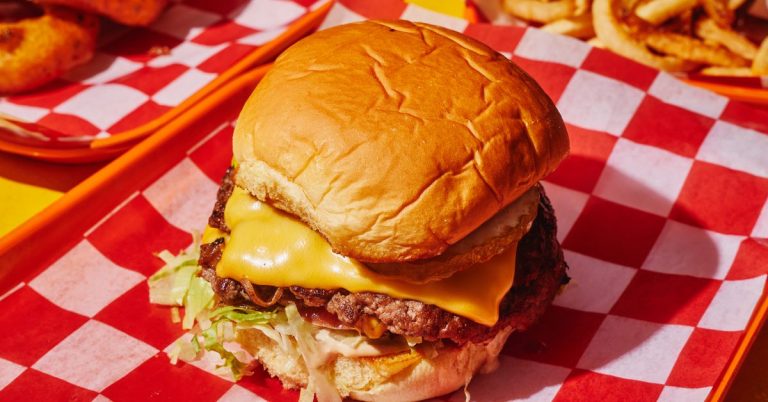How Outdoor Dining and Winter Covid Surges Affected Restaurants’ Busy Seasons
It was deja vu. As December 2021 marched into January, restaurants that were eagerly awaiting holiday sales bumps were haunted by cancellations. Patrons wavered on whether they felt safe inside. Outdoor dining was back, even in the winter cold. As the omicron variant disrupted the holiday season, workers wondered whether to risk getting sick or risk not getting paid. It was the new year, but there was nothing new about a holiday season overshadowed by fears over COVID.
“We saw omicron exploding on the East Coast, and then it was happening here, and [it was] like in 2020,” says Yuka Ioroi, owner of Cassava restaurant in San Francisco. In light of omicron, Ioroi and her husband, Kris Toliao, decided it was best to do what they’d done twice already with their Outer Richmond restaurant: fully close for the time being to see what would happen. They ended up extending their already scheduled weeklong break after January 2 this year. “We often did [a January break] pre-COVID as well.”
It became clear, however, that their January break would be coming sooner than expected. “On Christmas Eve, the guests that stopped by saw that the case numbers were [at] 900 that day,” Ioroi says. “Because it’s a particular disease that can take away our sense of smell and taste, we are very scared of that,” she says. “[It] just felt really dangerous.” They hadn’t bought their ingredients yet for the week, so the couple hosted service on Christmas Eve, then did an about-face. They closed the next morning and stayed closed for all of January. Cassava didn’t reopen until February 11.
It’s not uncommon for restaurants to close for a short time in January, like Cassava historically did pre-pandemic. After the crush of the holidays, during which most businesses are still open, restaurant owners and their staff need a break more than anyone and sales tend to slow down as diners recover from their holiday spending. Several restaurant sources said that January sales completely fell off a cliff in early 2022, and only now, in February, are they starting to see some return to normalcy. It tracks with the way omicron has impacted the United States, with cases only beginning to drop in late January. The pandemic has shifted what restaurant owners think of as traditional seasons — rather than August slumps and holiday rushes, the new seasons are defined by comfortable outdoor dining weather and coronavirus surges. Nothing is as predictable as it was before.
“The seasonality of business hasn’t changed much but what we’ve seen is that there have been almost extra seasons thrown in,” says Ricky Gomez, owner of Palomar in Portland, Oregon. “There was the delta variant season. There’s now the omicron season.” There is often a slowdown when the weather changes in Portland in October, Gomez says, but in 2021 that slowdown happened much earlier because the delta wave hit Portland in August. “By the time the wave ended, the weather was changing, and we weren’t able to end strong with that summer season.” Taking the weather into account is no longer the major consideration that restaurants face when deciding when to open and when to close. “It’s not only the weather seasonality,” Gomez says. “It’s the trepidation of guests as far as dining out, when new variants emerge and case counts rise.”
The challenge for Gomez comes with pinpointing when to stop cutting shifts and just close for a bit. “[A]t what point do you really have to stop and look and say, ‘Is it hurting me to more financially to stay open?’” Gomez decided to close the restaurant during the Christmas rush, from December 22 to 25, but then made the decision to close again for a week in early January, while he tried to figure out what the impacts of omicron were going to be. For Ioroi and Gomez, receiving government funding made all the difference in deciding how and when to be closed. Both restaurants kept their staff employed and on payroll while they were closed. “The point of the funding is to keep everyone gainfully employed,” Gomez says.
Looking ahead, planning for unexpected “seasons” seems likely to remain part of restaurant operations. The pandemic, according to Atlantic writer Ed Yong, isn’t going anywhere — it will just evolve and change. “With COVID set to be a permanent fixture in our lives, more surges and variants are possible,” he wrote this month. As a result, restaurants will continue to be on the defensive, expecting both increases and declines in case counts, preparing for outdoor dining to be a permanent fixture of business, and accepting that guests and waitstaff will be making decisions on the fly.
Ioroi and Toliao assume that having to make major changes to how they operate is just part of running a restaurant right now. Cassava used to be open six days a week — two years into the pandemic, they’ve reduced it to five. “It was a paradigm shift,” says Ioroi. And with their monthlong closure behind them, the couple are prepared for more unpredictability in the future. When it comes to running a restaurant, COVID, they say, changed “the concept of time, definitely.”
